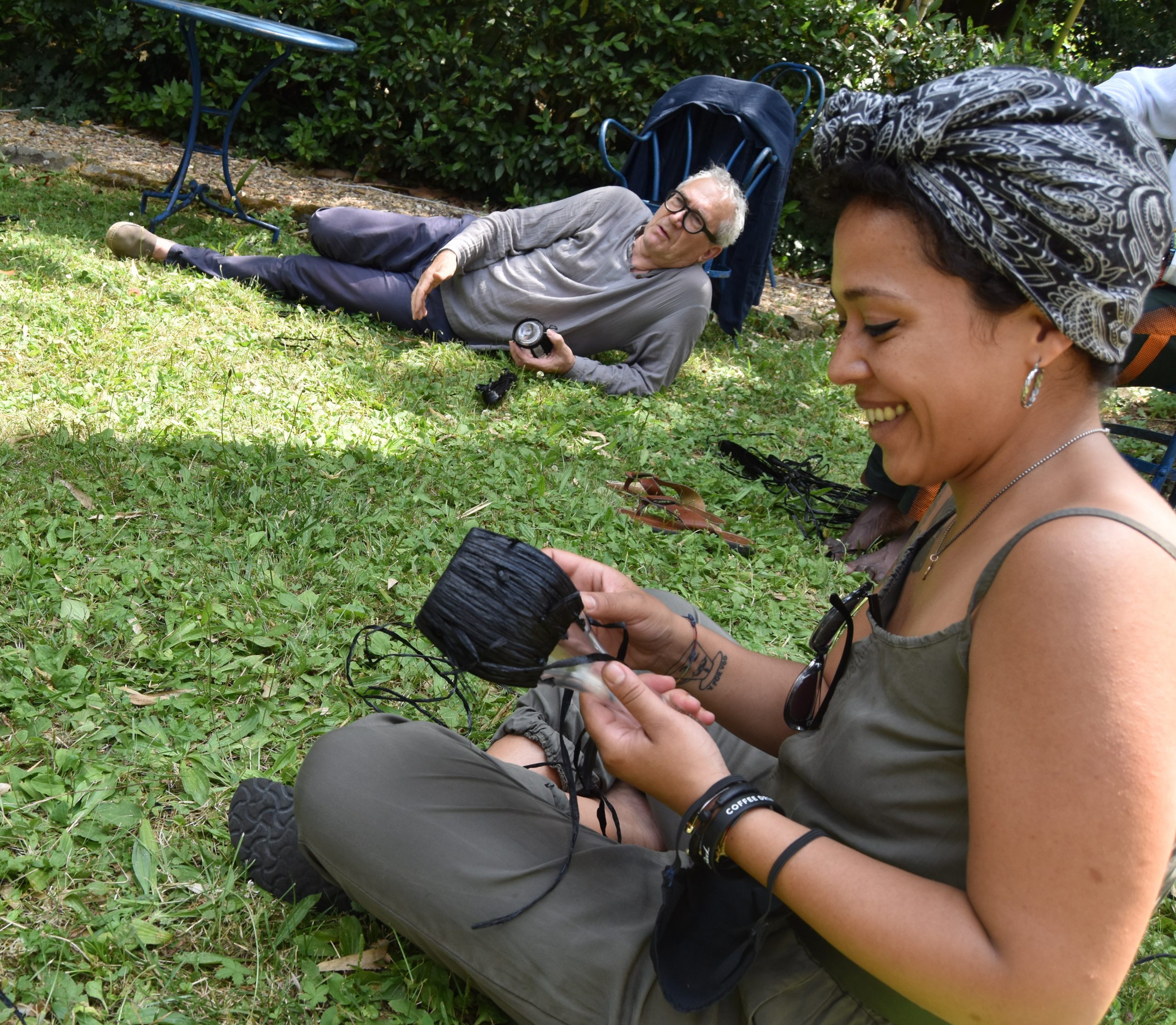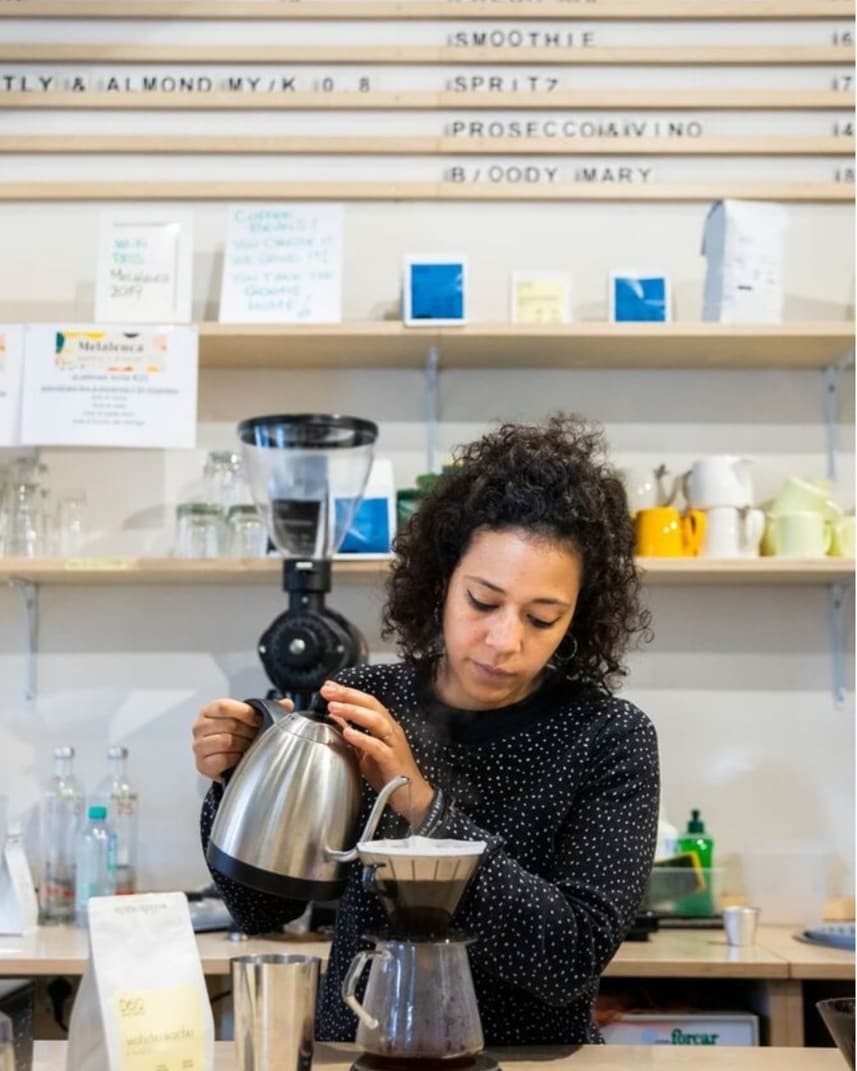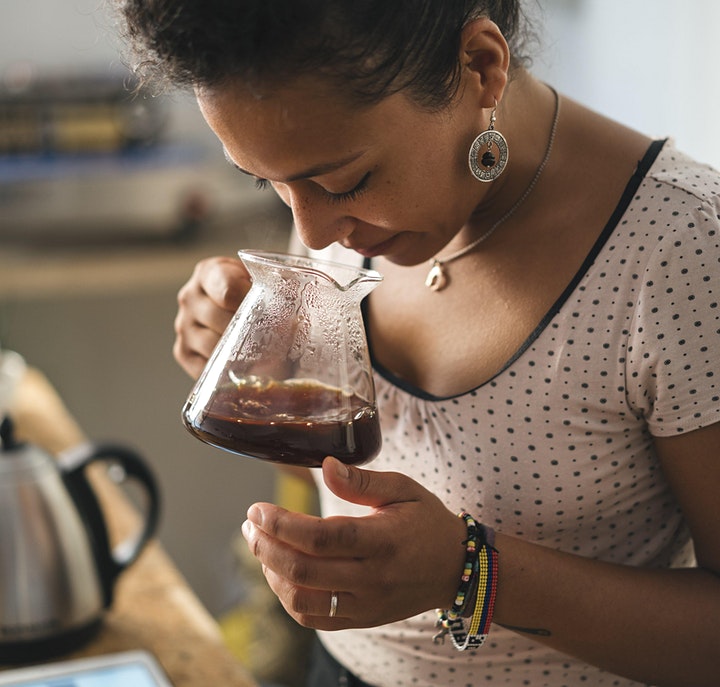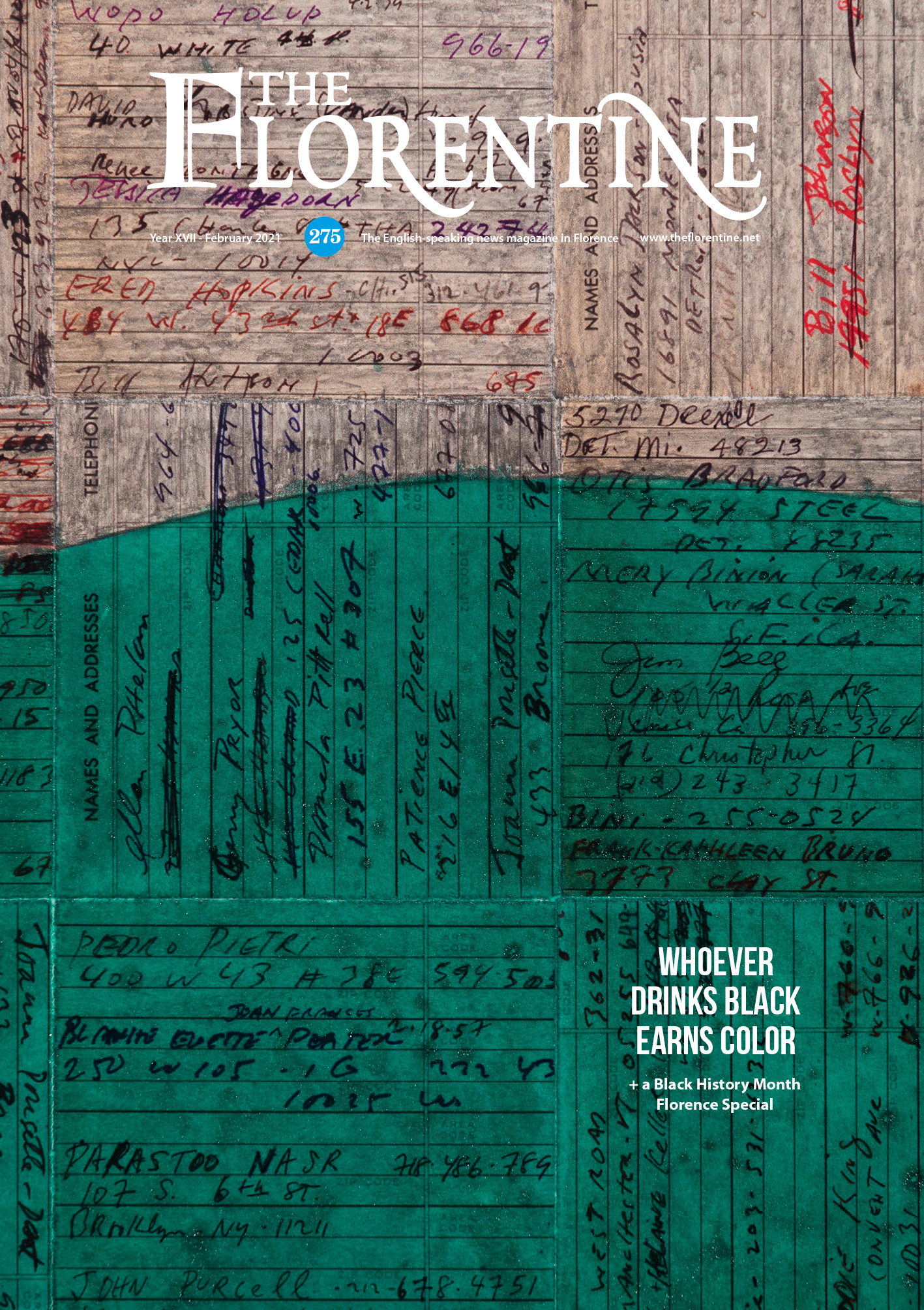Coffee is the drink that most of all transports us to the word “home” and that every day since the dawn of time accompanies us in the warm awakening of the morning, with its rich aroma that we find on the breakfast table of every family from an early age. Its presence, almost a default, becomes a resounding absence when it is missing from the cupboard. Fortunately, there is a place that is part of Italian culture, a destination of a pilgrimage to which we have all traveled in our lives, always ready to satisfy our craving for caffeine: the coffee shop or, as it is more often called, the bar.

Jessica Sartiani at Fischi per Fiaschi, Villa Romana, 2020
This is where my journey into the world of coffee begins, from my first work experience, at first not cognizant that there was a world inside that cup, full of history, lives and hands. In this sector, we often hear that one of the keys to extracting a good coffee is “the hand of the barista”, a magical touch that manages to serve an excellent product to the customer. Only when I visited a roastery for the first time did I surrender to the realization that it is not just the barista’s hand that creates the magic; the roaster’s hand also contributes to that magic. Pandora’s box opened as soon as I became aware of the difference between the various coffees, their profile in the cup, determined by the variety, the manufacturing process and the country of origin, where that magic begins, which comes from nature and the producer. At that moment, I realized that without the producer, neither me nor the roaster would be able to create any magic, and I realized how much responsibility weighed on my shoulders. We tend to believe that being a barista is a fallback, a job that anyone can do and that does not require study, with responsibilities that are not excessive. If you make a mistake in making a coffee, it’s not serious. For me, however, the role of the barista is about being the final figure in an important supply chain, the link between the producer and the customer, the one who has the responsibility to prepare this drink in the best possible way, the end result of hard work.
Despite the undisputed authorship of espresso, mocha and the presence of countless historical roasters, the Italian market tends to be saturated with low-quality coffee and the consumer is unaware of what he or she is drinking. Unlike wine, for example, few customers go to the bar asking about the origin of the coffee (often, unfortunately, not even the barista knows).

This trend is linked to a binding factor in the growth and consumption of quality and specialty coffee: the price. In Italy, the cost of a coffee is as certain as the sun in the sky: one euro is the price of an espresso. On average, in this final cost of the cup, the profit of the producer does not even approach one per cent. If we consider that coffee is one of the most consumed commodities in the world and that many companies, including exporters, roasters and producers of espresso machines, have a dizzying annual income, we immediately understand that something is wrong.
This leads us back to the origin of coffee and its producing countries. Ethiopia, Brazil, Colombia and Rwanda, to name a few, began to cultivate coffee when the colonizers arrived, bringing coffee from Africa to the rest of the tropical equatorial belt. To work the land, they exploited Africans and the indigenous peoples. Perhaps this mentality has been present for so many centuries that, even today, the lobbies and multinationals refuse to pay a fair price.
My love for coffee was strengthened the first time I visited a country of origin: Honduras. During that experience, we celebrated a real wedding, me and coffee. I got the chance to work on a development project where, with other trainers and coffee experts, we held courses for producers and workers in the sector. We had the opportunity to visit many farms that produce quality coffee and were able to understand what the annual problems were, from climate change to social and political situations. The project was created by entities such as the Italian Agency for Development Cooperation, which in Florence was based at the Overseas Agronomic Institute. For those unfamiliar with it, the institute was founded in 1904 and, in 1938, the name was changed to the Agronomic Institute for Italian Africa, where the agricultural and economic issues of the Italian colonies—Eritrea and Ethiopia at that time—were studied and analyzed. In this period, the “colonial dream” was accentuated by the autarchy of Mussolini, which is why many think that the Institute and its work with coffee is a sort of “continuity” of the colonial era.
From my experience, I can say that the feelings of potential were different because this type of project does have the capacity to foster real cooperation with the right people, the right approach and with pure empathy and sharing, driven by a passion for the product. I was a European trainer conducting courses for overseas, but the mutual exchange and learning enriched my soul in indescribable ways. Buildings and institutions are made of people, and while history cannot and should not be erased, we can create the present and influence the future, even with a simple cup of coffee.
LEARN ABOUT COFFEE

Every Tuesday from February 9, Curious Appetite is holding a join-in virtual barista class with Jessica Sartiani to discuss bean provenience, techniques from traditional Italian moka to 3rd wave pour over, coffee history, Italian coffee culture and insider tips for making the perfect cup at home. Tickets cost $30 and last an hour over Zoom, scheduled at 8pm Italy time.
BOOK YOUR SPOT: theflr.net/coffeeworkshop

This article was published in Issue 275 of The Florentine: A Black History Month Florence special.





